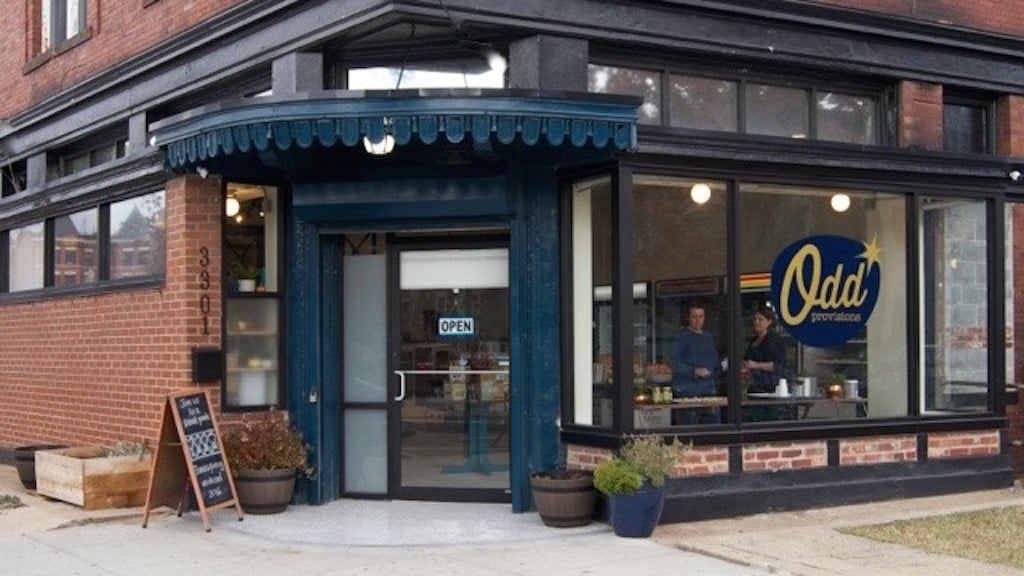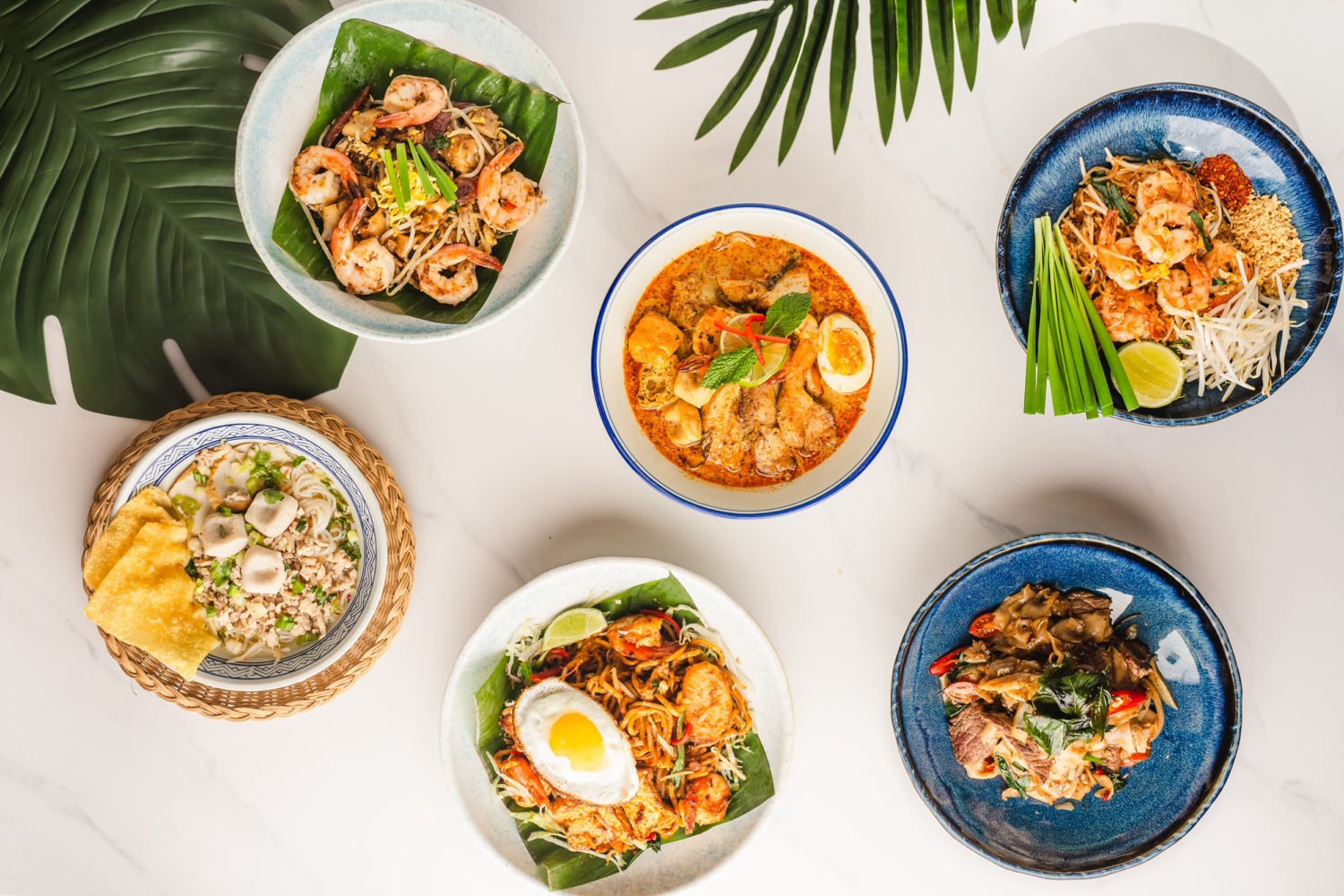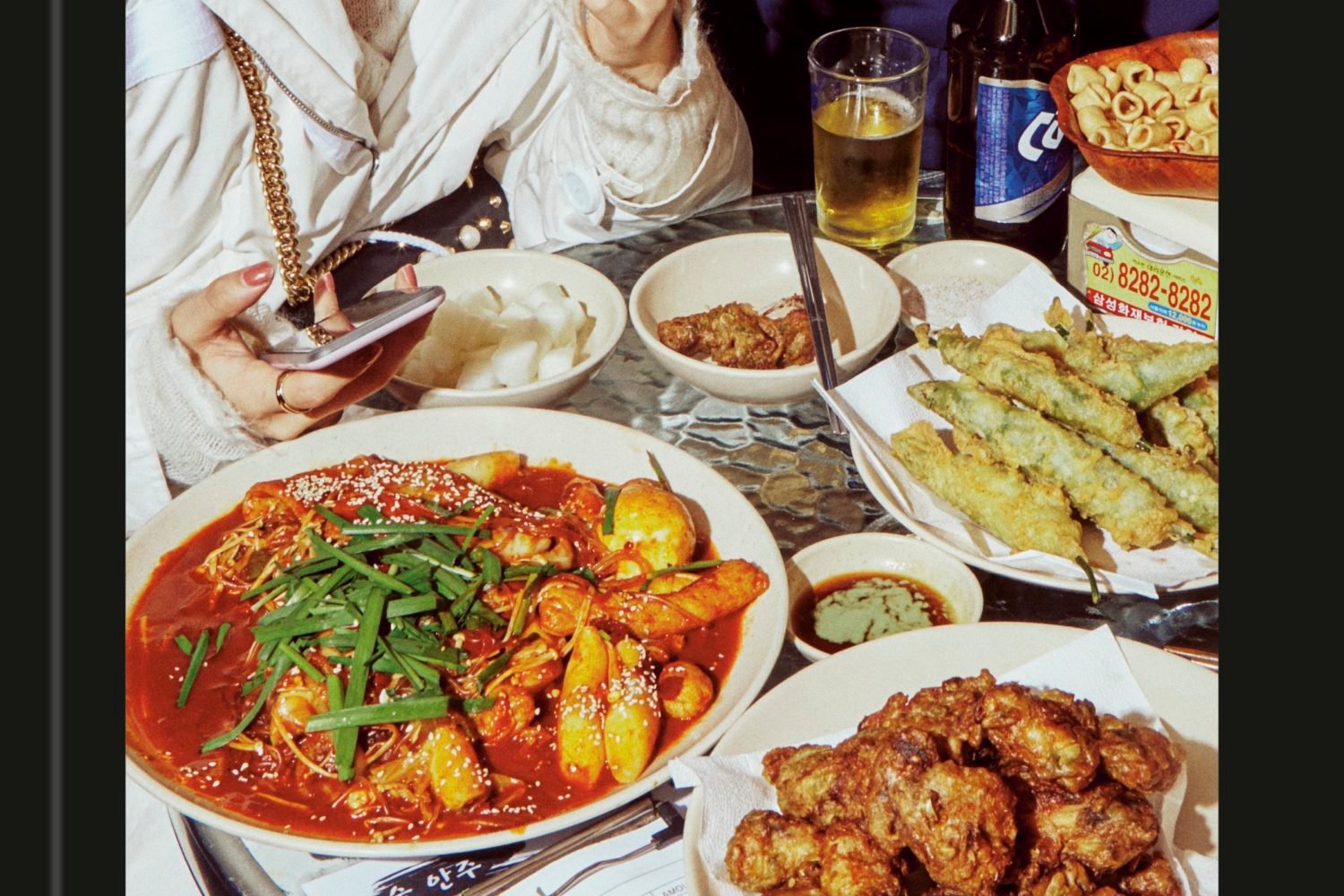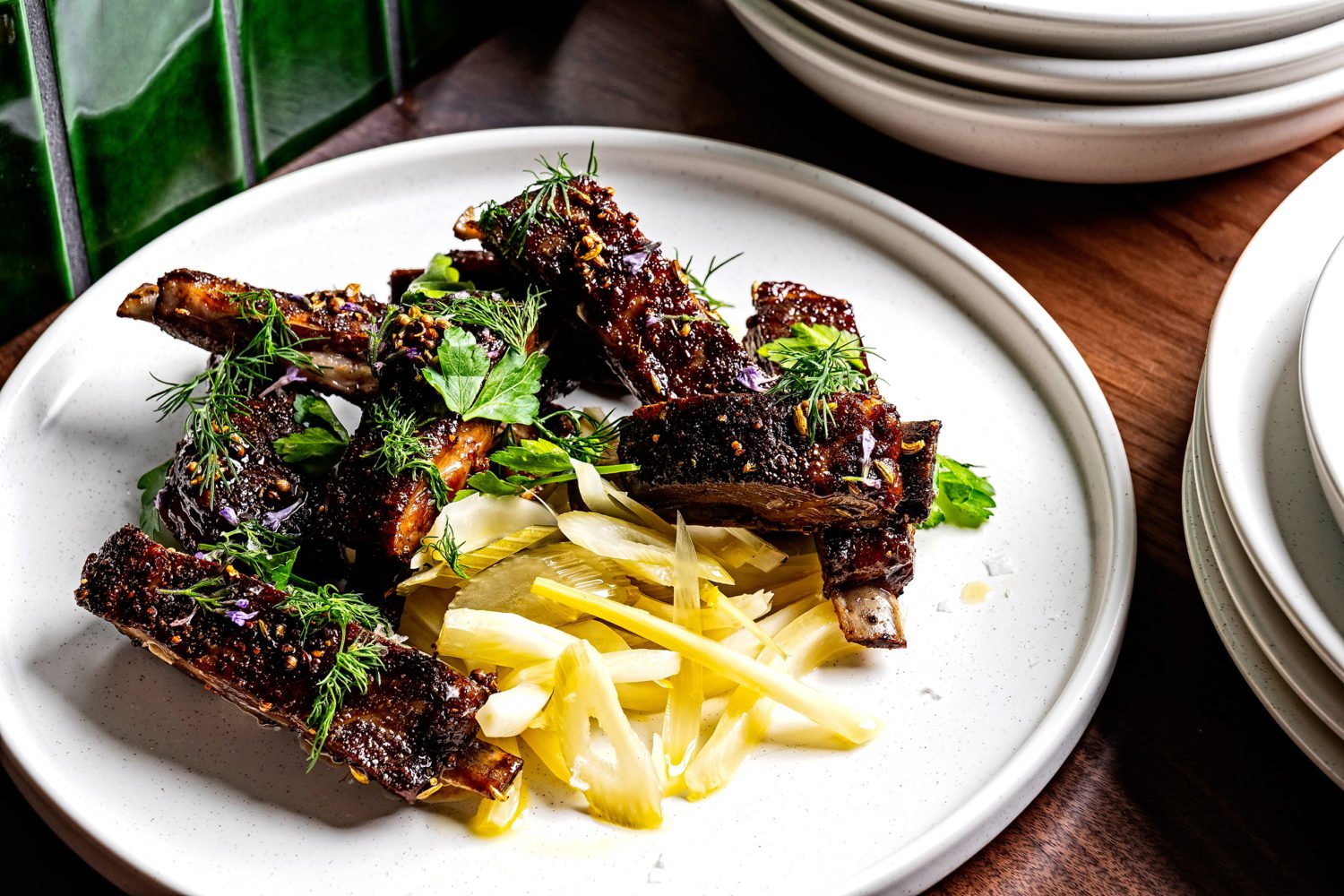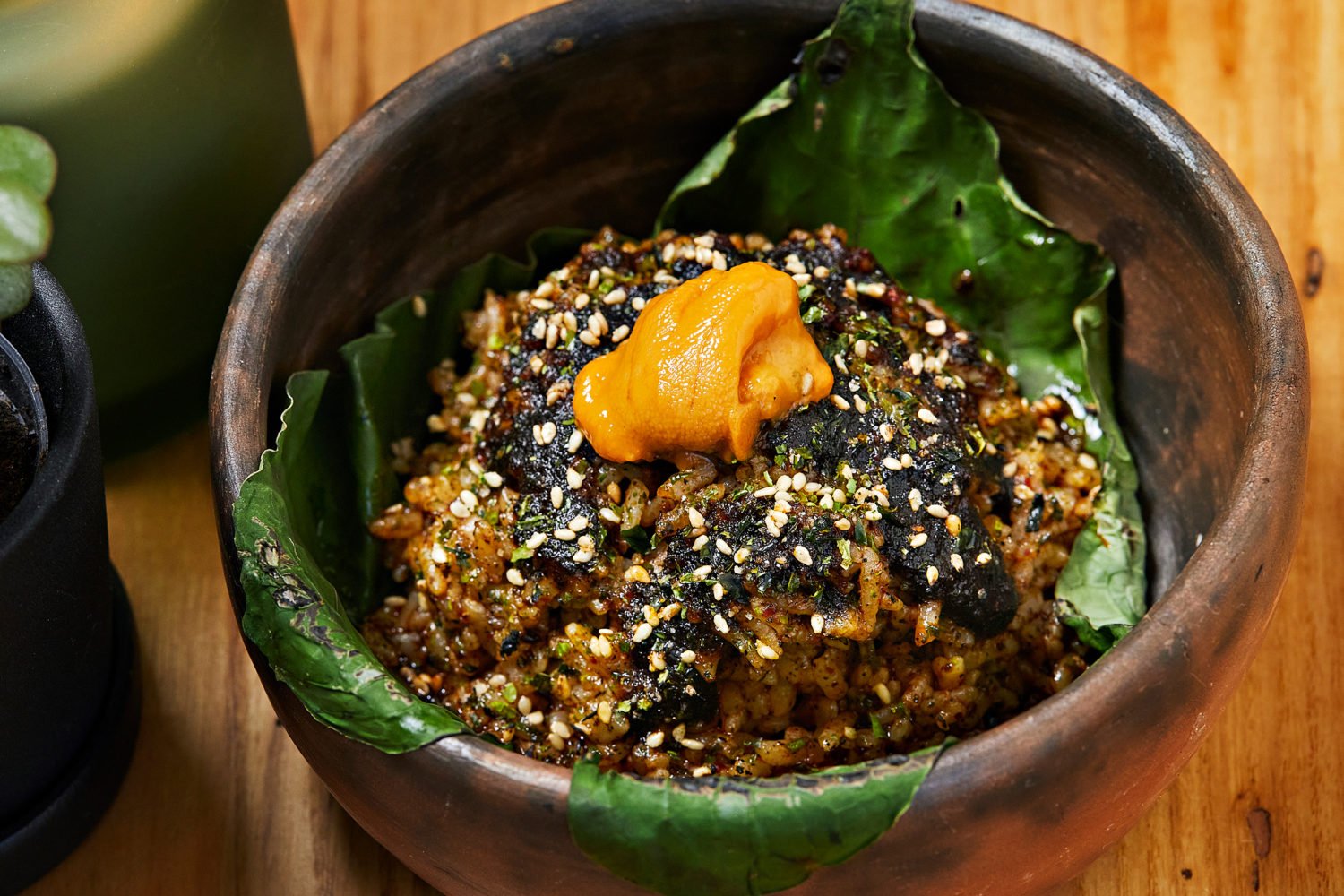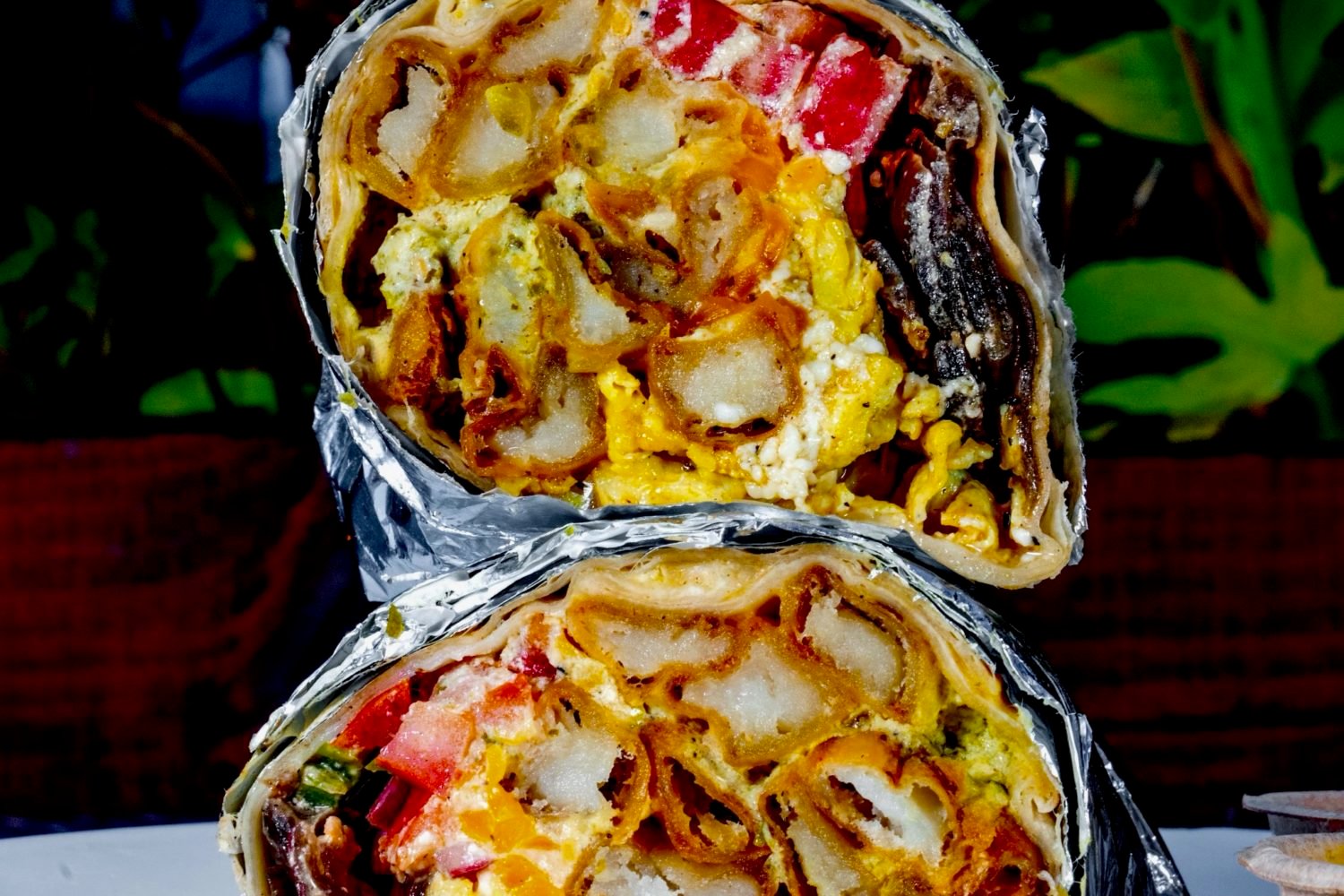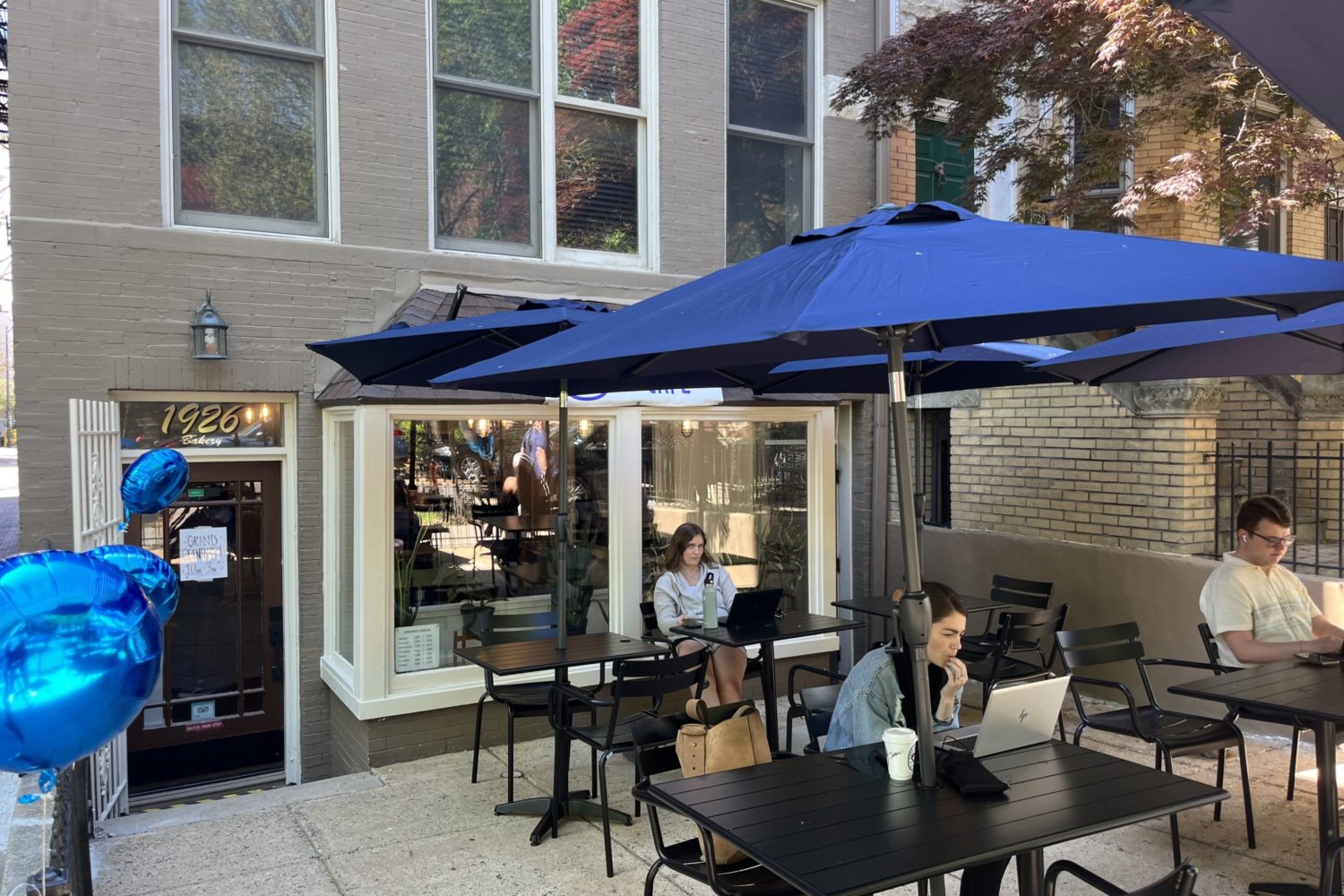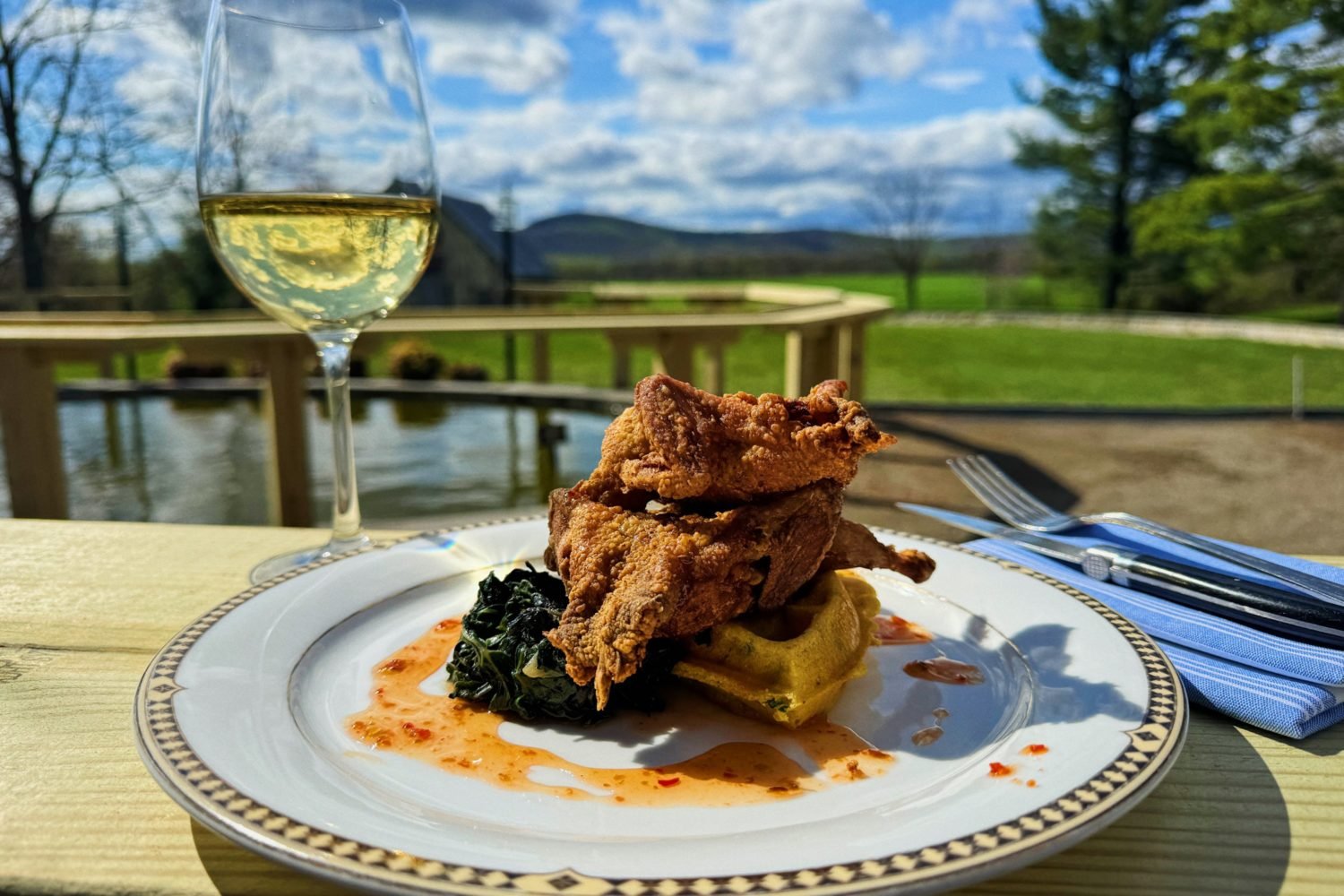
In the decade since his landmark restaurant, Blue Hill at Stone Barns, opened in New York’s Hudson Valley, Dan Barber has emerged as one of the most recognizable figures in the farm-to-table movement. He’s delivered TED Talks on sustainable farming, penned op-eds for the New York Times, and currently serves on President Obama’s Council on Physical Fitness, Sports, and Nutrition. But in his new book, The Third Plate: Field Notes on the Future of Food, the James Beard Award-winning chef challenges food lovers to think beyond the farmers market and embrace what he calls a “new pattern of eating.”
“The third plate is not a literal plate of food,” says Barber, who will discuss the book at Politics & Prose on Monday, June 16. “It’s a metaphor for a way of eating.”
If the first plate is the traditional American meal—more meat, fewer vegetables—and the second plate is a locally sourced variation on the first, Barber’s third plate represents a new food architecture. It’s about showcasing grains, vegetables, and the “entirety of the agricultural landscape”—not just protein.
“We use the expression ‘nose-to-tail’ eating of an animal,” he says. “We should also be including the nose-to-tail eating of an entire farm.”
We spoke with Barber about the limitations of the farm-to-table movement, his hopes for a new agricultural system, and the changes we can make on our plates.
What does the third plate mean, and how is it different from farm-to-table?
The third plate is not a literal plate of food. It’s a metaphor for a way of eating. We tend to simplify our food choices down to very convenient labels, like ‘local’ and ‘organic,’ and then bumper-sticker slogans like ‘eat green.’ In some ways the third plate is another label, but it’s a label—an attempt, anyway—to articulate a pattern of eating that brings all of these elements together. None of our simplistic ideas about farm-to-table cooking are making an on-the-ground statement for the future of really good food. While farm-to-table has gone viral and become an exciting social movement, you still have an industrial food system that’s gaining ground and getting bigger, not smaller.
What I came to realize through the research of this book is that we need to look at this a little differently. It’s not a rejection of farm-to-table at all. I’m a card-carrying member of the movement. I have a farm-to-table restaurant, and I have a family farm, so I’ve got a skin in the game. I’m really looking at this in a hardheaded way and saying that from what I understand, we need to dig a lot deeper.
What specific changes does that entail for the different segments of our food system?
I think the largest shift we need to make is a cultural one—away from a protein-centric plate of food; the eight-ounce steak or fish that predominates our expectation for lunch and dinner seven days a week. That’s something that unfortunately has become inculcated; it is American cuisine. It’s an agricultural anomaly because we’ve been able to support it based on a lot of different factors. Unfortunately we’re exporting that philosophy, that way of eating, to the rest of the world.
What we have to do is turn that protein-centric plate of food on its head, and eat the entirety of the farm landscape. We use the expression “nose-to-tail” eating of an animal. We should also include nose-to-tail eating of a farm. That includes less-desired grains and even cover crops, and to a certain extent, vegetables. The farm-to-table movement calls on us to eat a lot more vegetables from small family farms—I’m not looking at that as closely, in part because vegetable production is about 6 percent of our landscape. Grains and legumes, but mostly grains, are anywhere from 70 to 80 percent. So if we’re really talking about changing agriculture, we’ve got to start with grain agriculture, because it’s the dominant force in our system. The way we eat is to a certain extent determined by how we treat our grains.
You’ve written and spoken a lot about these issues for years now. When did you decide to write a book about it?
I started out being really excited about a couple of ingredients—wheat was one of them, luckily. I say “luckily” because I didn’t understand how grain was the dominant force of the entire food system.
I started searching out these incredible-tasting things, like wheat, and figuring out how they were grown or raised. What I realized in the research was that I was asking the wrong question. I was asking about a specific ingredient, and what I kept getting pointed to was a whole system of farming. I kept getting pointed to soil, which is why it takes up so much of the book. All roads led to healthy soil. Sort of like Russian dolls, it kept unfolding into larger and larger issues—dealing with the systems and community and history and culture. I saw a plate of food as connecting in all these ways I didn’t understand intuitively.
Part of the reason farm-to-table has taken off is because it seems simple, but what you’re proposing in The Third Plate is much more holistic, and involves every part of food culture. Where do you think change needs to start in order for it to be effective? Or does it need to happen on all these fronts at once?
What you’re saying is that my book is very complicated. I understand that, and it’s what I struggle with: How does the message become universal? And you’re right, there’s a lot of low-hanging fruit in the farm-to-table movement because it’s direct and connected. It’s a refreshing idea without being too complicated.
The issue here is that the reality of farm-to-table is not direct and connected. The farmer services the table. There’s a through-line to go to the farmers market and buy something local and shake the hand of the farmer; there’s something very satisfying about that. But that’s a very passive system.
Ten years ago, I don’t know that a lot of people could have described what farm-to-table was. It was a much more complicated subject than we give it credit for today. It’s been simplified, in part because it’s been so successful. My problem with it is that we’ve enrobed ourselves with the notion—let me put this closer to home—I have held up the farm-to-table flag in a way that says, “This is the answer to our industrialized food system. This is the answer to the future of great eating and good agriculture.” In fact that’s not true, because we’re using the farmers market just like we would a supermarket. We’re choosing the ingredients we most want to eat. While that purchase is a lot better than selecting from commodified agriculture, it’s ultimately about us choosing the cream of the crop—like the asparagus and peas that I got from the farmers market the other day. These crops are really specialty crops. We need to start diversifying our plates in ways that economize a farmer’s decisions. There’s a whole suite of choices there that we don’t support.
I went to a farmer who grows fantastic wheat, Klaas Martens, and stood in the middle of 2,000 acres. I saw very little wheat. I saw rye and buckwheat and millet and leguminous crops such as kidney beans. I wasn’t buying any of that stuff. Most of it was either plowed into the ground for cover crop or fed to animals. We’re using those soil-building crops by eating meat, which is inefficient. If there were a market for them, you would improve the ecology of a farm, and also economize those crops for a farmer. As of now those are sunk costs. Part of the reason that a lot of ingredients are so expensive—part of the reason the wheat I was buying was so expensive—is because of the dozens and dozens of other crops this farmer treated as sunk costs. So I was paying a lot for the wheat because he needed to rotate in ten different crops to get the right fertility for his soil. That’s not an intelligent or efficient way to think about the future of a food system.
The question is: Are we creating an economy for that farmer to make the right decisions? Right now, we are doing very little. And yet we’re still claiming, or I’m still claiming as a farm-to-table chef, that I am supporting the local farmer. You are to a certain extent, but you’re also not.
If farms need to change the way they farm, what government policies can be implemented to further the mission?
There are quite a few levers here. One from the book that strikes me as broadening the definition of farm-to-table is the land-grant university system. This is the wholesale sellout that has been occurring for the past 30 years.
That’s just one. A lot of legislation has stood in the way of good farming becoming part of the American landscape. Midsize farms are something I mention in the book, but not enough. The small family farmer, which we tend to associate with this movement, has done well since farm-to-table became the successful social movement I talked about earlier. But large industrial farms—the ones that essentially grow the corn and the soy and the wheat—continue to get larger and do quite well. It’s the ones in the middle—something like 40 percent of our farmland is in this range—that are getting squeezed.
The distribution system in this country, through Washington legislation, favors large agriculture and large interests. I’m not talking about supporting the mom and pop who pack up a pickup truck and drive to a farmers market. They don’t need our tax dollars because they have a direct market. It’s the midsize family farms who are too big to pack up a pickup truck but too small for the Walmart-ification of the food system. They need help. And there are political levers to pull, especially with the cost of distribution, because it’s not about the yield they’re producing. They’re producing a lot. They can’t economize getting their product to market because there’s so much that stands in the way of diversification. We’ve enacted laws that favor a very small diet of essentially corn and soy and wheat. We need to diversify because, as I said, we need to look at a better food system, and we need government intervention to help keep those costs competitive with the industrial entities that predominate our food-growing ways.
One of the anecdotes in the book that I most enjoyed was about the late DC chef Jean-Louis Palladin giving you your first taste of foie gras in a restaurant. I wonder if you have any thoughts about how the landscape of food in DC has changed since then.
I don’t know DC well enough, but I know that Jean-Louis did a lot to update the food scene there. What I’m always struck by when I’m in DC is the farmers markets and the quality of farming that’s happening around DC—and always has. The Shenandoah Valley is something that I’m totally envious of because of the quality of what’s produced there. Jean-Louis as a Washingtonian influenced the farm-to-table movement and the pursuit of great cooking in ways that haven’t gotten enough credit, and are probably more profound than anyone who has ever cooked in the country.






